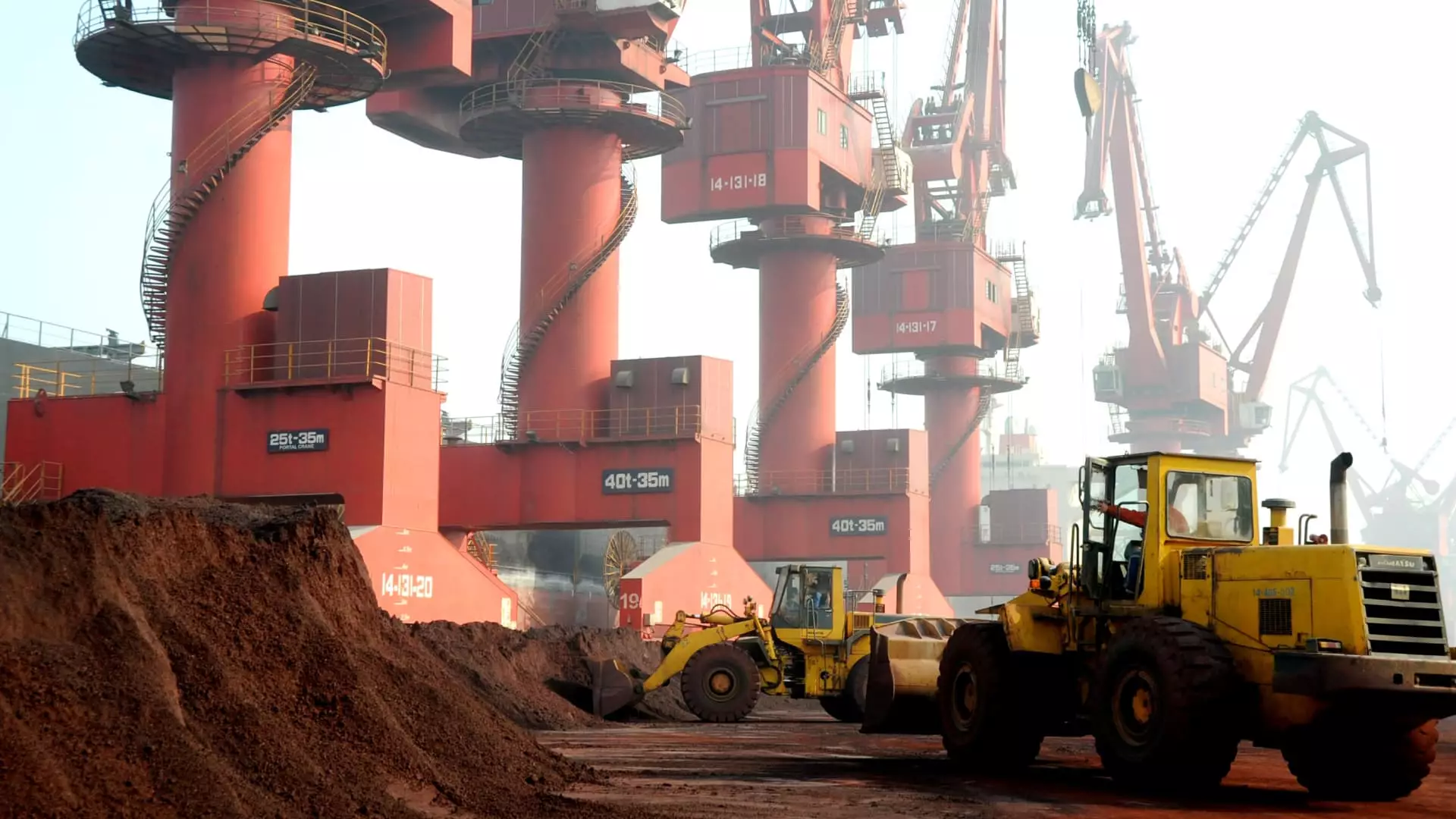Tungsten, a dense and hard metal, plays a vital role in various industries, particularly in the defense and technology sectors. Historically dominated by Chinese suppliers—who once held approximately 80% of the global supply—tungsten’s strategic significance has surged amid rising geopolitical tensions. Recently, China initiated a policy shift by implementing restrictions on tungsten exports, aiming to regulate the trade of this indispensable metal, which has both civilian and military applications. These developments usher in a new era for tungsten supply chains, particularly in light of increasing demand for alternatives outside of China.
China’s Export Control Measures
Beginning this December, the Chinese government will enforce stringent export regulations on tungsten and other critical minerals. Companies wishing to export these materials will have to secure special licenses, a move framed within the broader context of a dual-use goods policy. Such regulations highlight China’s intention to wield unprecedented control over its mineral resources amid a landscape marked by increasing tension with the United States and its allies.
The implications of these export restrictions are profound, particularly as they coincide with a shift in the global demand dynamics. Escalating U.S.-China relations have prompted the U.S. Department of Defense to exclude contractors from purchasing China-mined tungsten by 2027. Analyst Christopher Ecclestone notes that while China’s ban is significant, it might also present an opportunity for other countries to amplify their tungsten production efforts. More importantly, the prospect of profitability in tungsten mining could spur renewed interest and investment in this sector.
Despite the potential upheaval in the tungsten market, recent pricing trends indicate a muted reaction to China’s export limits. Tungsten prices remain relatively stable, hovering around $335 per metric ton. For mining to become universally profitable, prices would need to surge by an estimated $50 per ton. The lack of immediate shifts in the market places the focus on external factors, particularly U.S. tariffs, which climbed by 25% for Chinese tungsten imports during September. This further complicates the landscape, as domestic manufacturers express support for tariffs intended to bolster local production.
The increased tariffs could eventually make it more economically viable to revive dormant U.S. tungsten mines. However, industry experts caution that such undertakings may take years, especially in the face of regulatory approvals and the lengthy timeline inherent in mining operations.
Amidst China’s tightening grip and the U.S. tariffs, companies elsewhere are strategizing to fill the void left by Chinese exports. Almonty Industries, for instance, is making significant strides at its Sangdong mine in South Korea—once a pivotal source of tungsten that ceased operations in 1994. The company aims to revive the mine to half of its production capacity by 2025. The local government is actively seeking foreign investment, noting that this mine could stimulate the region’s economy—creating jobs and potentially attracting related industries.
Additionally, the U.S. Geological Survey identifies nearly 100 locations across twelve states rich in tungsten deposits. Investors are now eyeing these sites as potential gold mines. For instance, Canadian group Demesne Resources is finalizing a deal for the IMA tungsten mine in Idaho, anticipating production could kick off as soon as spring. This influx of interest represents a growing acknowledgment of tungsten’s value and the seismic shifts occurring in the global supply chain.
The Future of Tungsten Mining and Supply Chains
As demand for tungsten continues to rise, both outside of and within China, the outlook suggests a diversification of sources. With projects advancing in Kazakhstan, Australia, and Spain alongside the revival of U.S. mines, the global tungsten market is poised for transformation. Analysts predict that increased competition could stabilize prices later in the next year, contributing to a broader realignment of the supply ecosystem.
Regulatory environments and collaborations are also evolving; governments are recognizing the strategic importance of securing critical minerals. As highlighted by experts at the Center for Strategic and International Studies, “friendshoring”—the practice of sourcing from allied nations—becomes more critical for U.S. industries seeking to reduce reliance on potentially adversarial suppliers.
The new restrictions imposed by China on tungsten exports signal a pivotal moment for the international tungsten market. While it poses challenges, it concurrently opens up avenues for diversification and reinvestment in mining operations globally. With the stage set for a reallocation of resources and a potential revival of U.S. production, stakeholders must now navigate the intricate balance of supply and demand in a rapidly changing global economy. The future of tungsten is not simply contained within China’s borders; it is now a global affair with possibilities ripe for exploration.

Leave a Reply